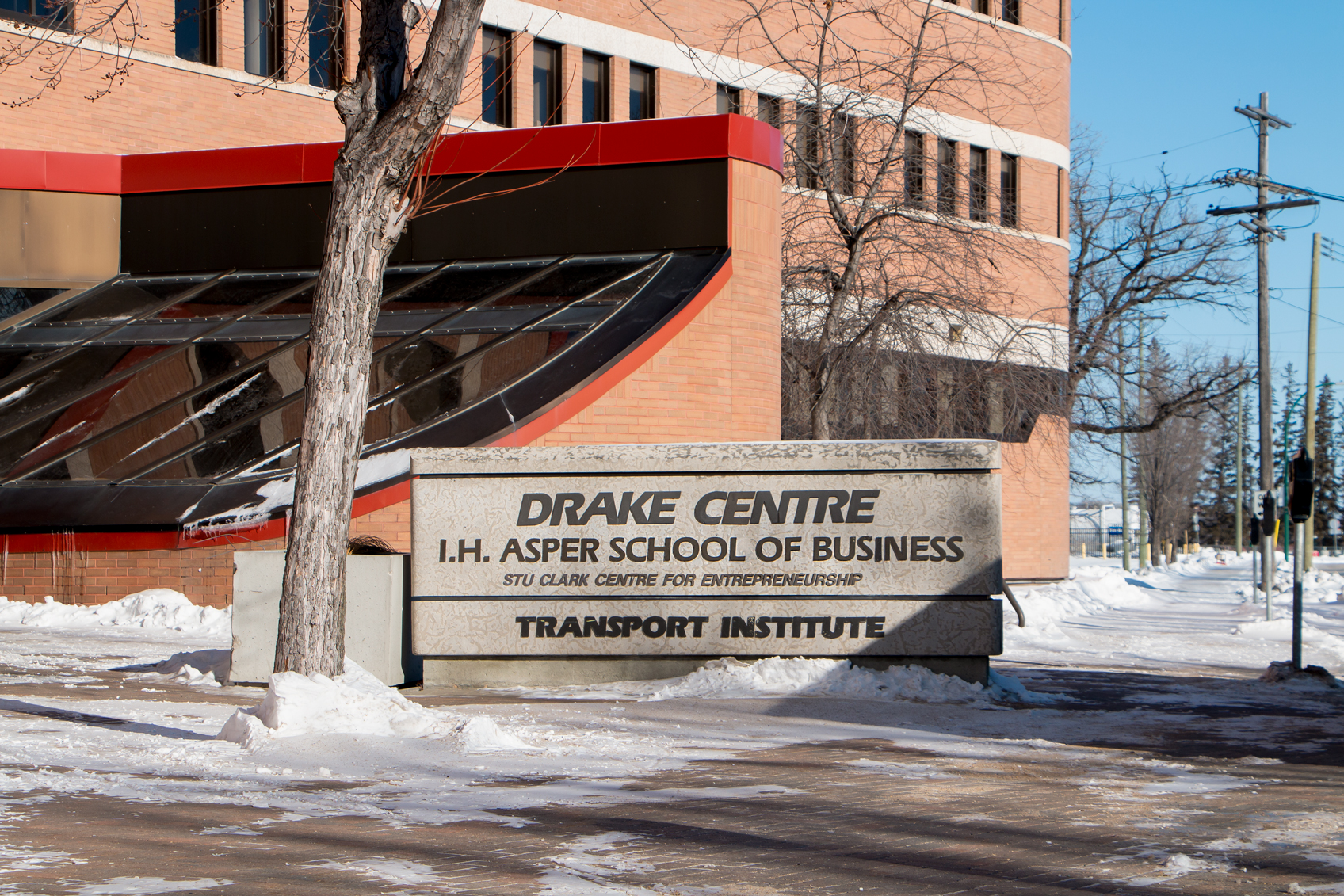If you ate today, thank a farmer” is the last message you read when you walk out of the new Bruce D. Campbell Farm and Food Discovery Centre.
The centre, which had its grand opening on Sept. 16, is located at the National Centre for Livestock and the Environment at the University of Manitoba’s Glenlea Research Station.
With interactive displays, a multi-purpose room and livestock, the centre provides a multi-dimensional environment for learning about agriculture.
Lorrie Koroscil, program coordinator and assistant manager of the Farm and Food Discovery Centre, said activities range from harvesting to making your own pizza and the centre can host everything from meetings to birthday parties.
“Everyone learns differently, and it’s always nice to incorporate different ways of learning,” she said. “At the end kids can see the results and even eat the results.”
Koroscil said the aim is to help people understand where food comes from and how it gets to them. The layout is set up in five distinct areas of production and takes you through the farming process, from the field right to your plate.
“People don’t know where their food comes from,” she said. “They just know it’s there.”
Agriculture in the Classroom, a non-profit organization that promotes adding agricultural components to the school curriculum, hosted their 12th annual Amazing Agriculture Adventure at the centre this year.
Johanne Ross, executive director of Agriculture in the Classroom, said using the centre added a whole new dimension to the program this year.
Approximately 400 students in Grade 4 and 5 rotated through stations set up both inside and outside the centre. Themes included conservation, weather, livestock and egg farming.
This year, Ross said, the displays in the centre allowed the inclusion of stations based on new themes, such as “plants need to eat too” and biosecurity.
“This is the start of a beautiful relationship with the centre,” said Ross. “It is a great tool for us and it’s the first of its kind in Western Canada.”
Ross said she hopes the centre will help open children’s minds and create a connection to where their food comes from.
“The beauty of the centre is that it’s so interactive and so visual,” she said. “I’m hoping it creates a new awe-inspiring feel to agriculture.”
Trish Jordan, public affairs director for Monsanto Canada, said she hopes the centre will encourage young people to explore careers in the agriculture industry. Monsanto Canada supports the U of M faculty of agriculture and contributed funding towards the Bruce D. Campbell Centre.
“We have a long-standing relationship with the university and many of our employees are graduates,” she said. “We support things that support agriculture in local communities.”
Jordan said the venue provides realistic, hands-on exposure to agriculture and the interactive nature of the displays helps to reflect the idea that there are high-tech jobs in the agriculture industry.
“Anytime kids can feel, touch, smell and have experiential learning, it’s more meaningful than reading it in a textbook,” she said.
According to Koroscil, the centre will be developing calendar events such as a “hike-the-dike walk” and specialized tours over the next month.
School groups and large groups that book in advance will have the opportunity to choose between a combination of general tours, lessons or activities.
Koroscil said the idea behind finding where your food comes from is simple: “Everyone should care because everyone eats.”
The centre is open to the general public Tuesday through Saturday 10 a.m. to 4 p.m..




